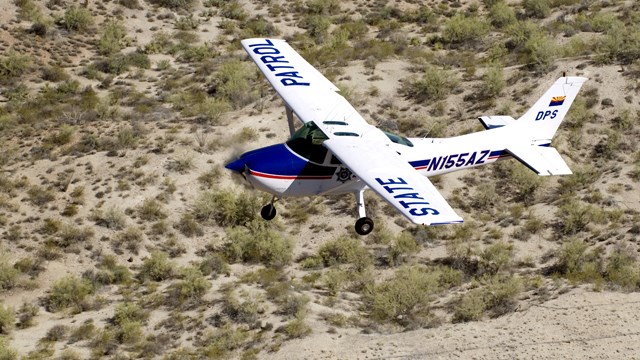Defensive Driving Tip #82: What did “Speed Kills” Mean Anyway
In defensive driving class I talk about the phrase “Speed Kills” driving at a speed that is higher than reasonable and prudent is not defensive driving. But what does that mean? We all know that reading a text message while driving is not a good thing to do but many of us do it anyway. Just like we know that speeding while driving is not a good thing to do but many of us do it anyway.
It is easy to see the relationship between staring at tiny letters on a 6 inch screen and ending up in a different lane. But people do not see the relationship between driving fast and hitting the car in front of them. A motorist suspected of traveling 131.5 mph was arrested Sunday May 2, 2015 during a weekend law enforcement crackdown targeting speeders on a busy Phoenix-area freeway. Alejandro Barraza, 22, told the Arizona Department of Public Safety officer arresting him that he was glad authorities didn’t catch him going 160 mph earlier.
Here is the deal, a car travels at roughly 1.5 times in feet per seconds times the speed it is travelling at. When Mr. Bazzara was travelling at 160 MPH his vehicle was covering 240 feet every second.
160 MPH X 1.5 = 240 Feet per second.
If a car was a football field length away in front of Mr. Bazzara in the same lane there is no time for him react without driving right into the back of that car.
This is not defensive driving. This is particularly important at night, when darkness restricts your visibility. Do you know at what distance your headlights will illuminate a hazard? How is your night vision these days? When headlights finally light up a road hazard, it is often too late to avoid it. Many experts would tell you that even 50 mph is too fast for conditions at night, on any dark roadway.
If you could choose the speed at which to hit a brick wall, assuming that it was a sure thing you were going to hit one, would you choose to hit the wall at 10 mph or at 100 mph? Not hard to decide, is it? Higher speeds also bring additional accumulated, or stored, energy. More stored energy means increased crash forces if you hit something. Here’s a real-world example; a loaded semi traveling at 60 mph develops about 6.5 MILLION foot-pounds of force. Or, your body, unrestrained in the vehicle, could hit the windshield with about 16,000 foot-pounds of force, should your vehicle hit some immoveable object – like a tree.
A defensive driver chooses a speed matching traffic as closely as possible without exceeding speed limits. If traffic is moving at higher speed than you should go, keep to the right and out of the way. This is often a legal requirement as well, if you are traveling at a speed less than the flow of traffic. Also, don’t neglect to maintain the correct following distance.
Consider that speeding often doesn’t save much time. How many times have you reached a red light, only to find a “jackrabbit” waiting there that passed you a half mile back like you were standing still? Ever wonder why? Around most urban areas, signals limit overall speeds to what the system can handle (in terms of numbers of vehicles). In Phoenix, for example, that’s approximately 40 to 45 mph. Drive faster than that and you’ll simply spend more time waiting at red lights, wasting fuel, wearing down brake pads, and accumulating just a little more stress in your life for no good reason or gain. Even on the highway, you don’t often gain much. Frequently, once you pass someone, you find them on your back bumper as you slow down to enter the next town. So you gained what, exactly? On an Interstate, where you truly can save some time by speeding (provided you don’t get pulled over), the difference between 65 mph and 80 mph over 50 miles is only 8.7 minutes. Big deal. But if you insist on speeding call us for your next defensive driving class.
